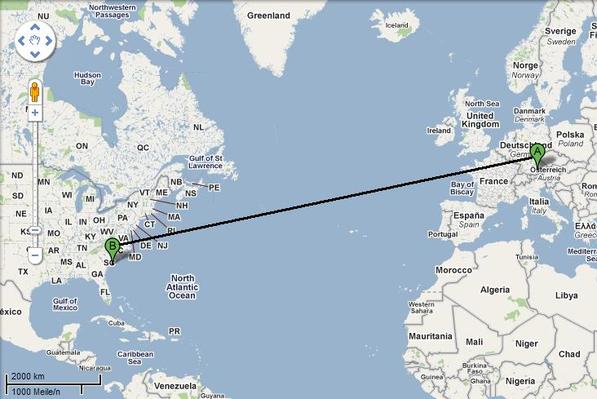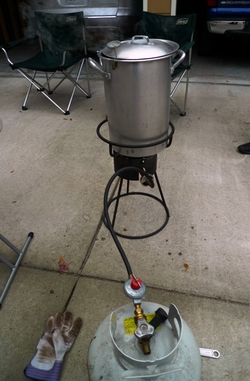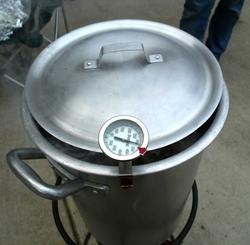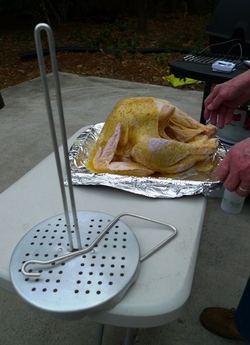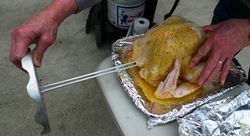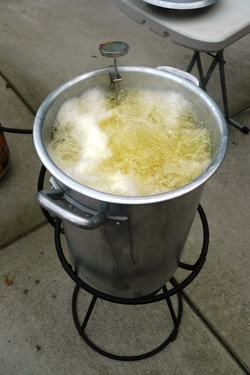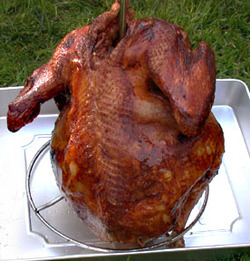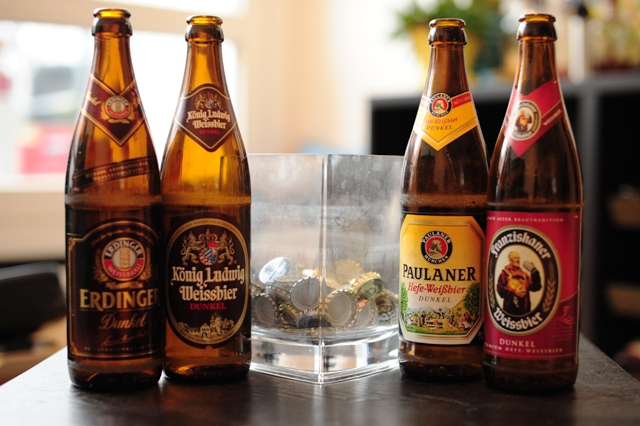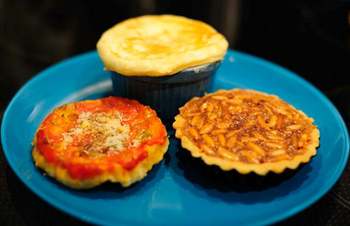Vacation Treats
 Friday, May 13, 2011 at 11:59
Friday, May 13, 2011 at 11:59 I can't speak for everyone, but for me vacation is also a time of free indulgence....beer or wine with lunch, dessert...truly a time to relax and not worry about anything - including what you eat.
That approach led me to a couple amazing discoveries....luckily they are things not readily available here in Munich, or else I'd be in big trouble!
Vienna:
In Vienna, we tried the authentic Sacher Torte. And I highly recommend anyone do so - the Sacher Torte in Vienna is far better than outside Vienna. But I also urge you to try some of the other many Viennese tortes on offer. What we often forget is that Vienna is not just a city, it was the capital of an empire. And they brought the best from the wide reaches of the empire home for the aristocracy to enjoy.
It's exactly these forgotten days of empire (I doubt the grand Viennese have forgotten....just the rest of us!) that have integrated wonderful Hungarian dishes into the Viennese repertoire. However, I did not know that extended to cakes!
My big Vienna discovery was the Esterházy Torte, named for Paul III Anton, Prince Esterházy de Galantha, who was an imperial foreign minister in the Austro-Hungarian empire. The family was loyal to the Habsburgs while most of Hungary was fighting against them. The Esterházy family has quite a few dishes named for it, but this may be my favorite!
Initially a 19th century traditional Hungarian cake, it has become a beloved Austrian cake and supposedly is loved by Germans as well (I'm on the lookout for somewhere serving it!). It's a sweet cake, but not overly so, and light. Most of the sweetness comes from the thin fondant frosting on the top.
The several thin layers of sponge cake are made mostly from egg whites and almonds, with a little flour, butter, and spices. A cognac buttercream frosting (often with a little chocolate mixed in, as here) brings the layers together. There is supposed to be very thin layers of apricot jam (popular in most Viennese tortes) but I could not taste it at all - perhaps the tastes blends in and just keeps the cake moist? While many places show it with buttercream topped with almond slivers around the edges, everywhere we saw it in Vienna used a thin crust of fine chocolate. And it is always topped with the thin fondant frostin layer, with chocolate "spiderwebs" drawn across the top. A very delicate and well-balanced cake. Most of the sweetness is in the fondant, while the buttercream is not too rich.
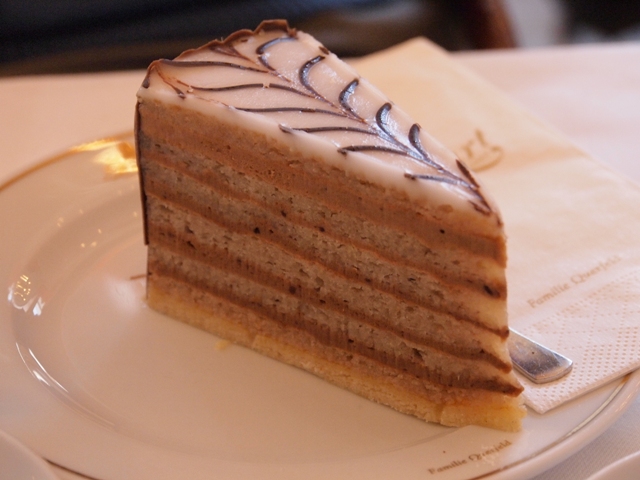
Helsinki:
In Helsinki, we made a different discovery. After a delicious Nepalese meal, we went in search of some ice cream. Perhaps it was the spices, or just that vacation feels like ice cream, but we wanted some. The weekend before, we had had the pleasure of stopping in Helsinki's Ben and Jerry's store! And while Finland has Sunday shopping hours, theirs are seasonal. Finding something open at 8pm on a Sunday when it's dark and there's snow everywhere....not an easy feat. So we tried the train station, our old standby in Germany. We didn't find an ice cream store, but we did find a little supermarket in the basement. As we were perusing the ice cream cooler, we saw these and had to try them.
I had previously been a big fan of the Magnum bars that are so popular in SE Asia. These destroy them! There is no competition.
It's hard to describe how wonderful these bars are, so I just recommend you find one and try it for yourself. The vanilla ice cream is a perfect balance to the chocolate and peanut butter - anything else would have been too sweet. The peanut butter cookie dough is enhanced by the swirls of peanut butter running through the mix. And the chocolate coating uses a great blend of chocolate. But embedded in the chocolate coating are little crispy chocolate cookie bits that give it an amazing texture. The whole package is just chocolatey peanut butter perfection.
I'm so glad I haven't found anywhere here that sells Ben & Jerry's bars. They could be addictive!
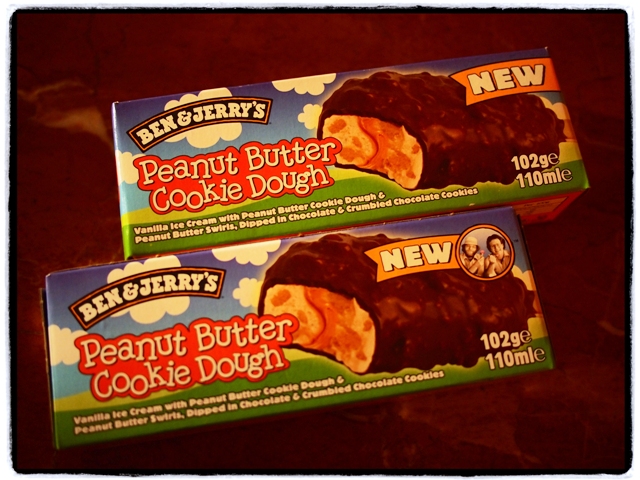
 Frau A ...
Frau A ...  Post a Comment
Post a Comment 



